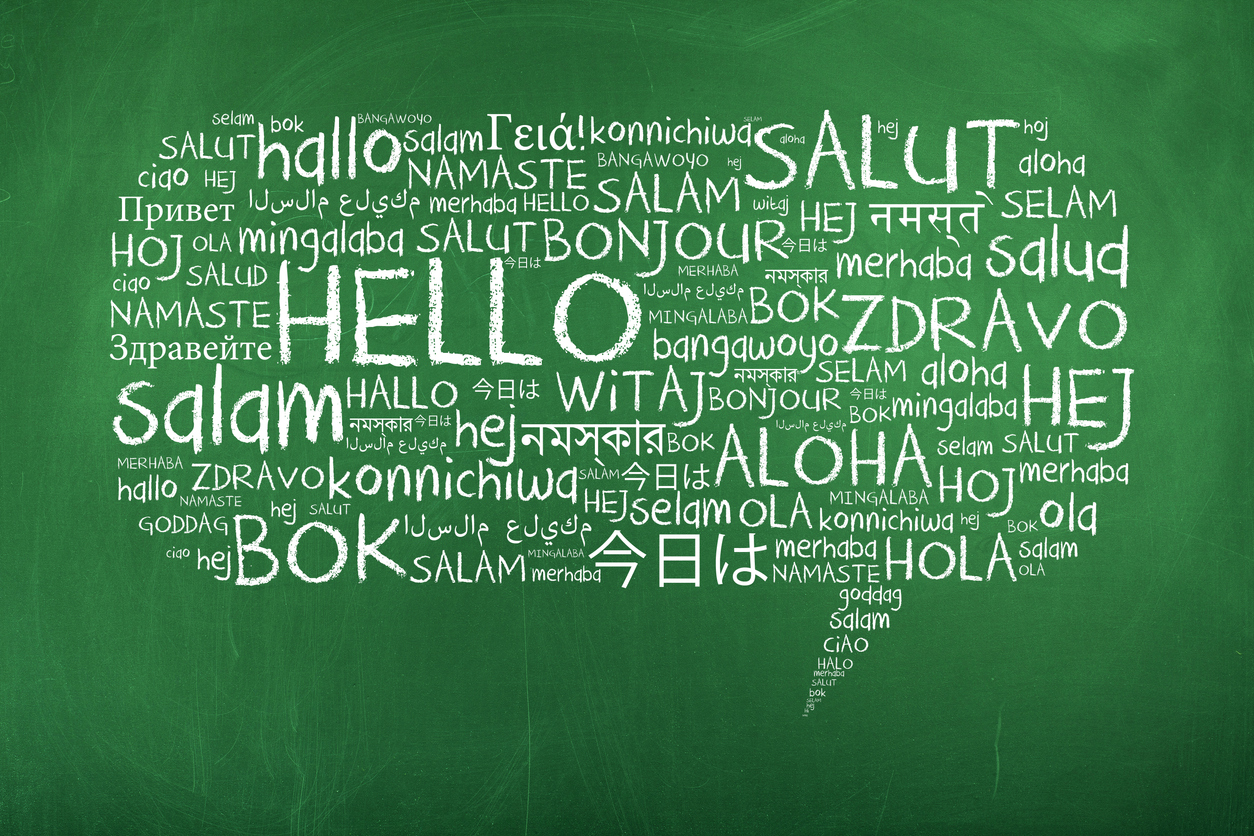“Language is identity. Language is important to people.” Dr. Heather Woodley, professor of TESOL, bilingual education and foreign language education at NYU Steinhardt, is passionate to make sure teacher residents in the NYU Steinhardt Teacher Residency learn that language is one of the most powerful ways to connect to students, their families, and communities. “All teachers can do this, and it doesn’t matter if you speak a student’s home language or not.”
Over the years, the US education system has become increasingly diverse. From 2006 to 2016, the number of students who speak a language other than English at home rose by 1.2 million to 12 million students, or 22 percent of all children (Annie E. Casey Foundation Kids Count Data Center, 2018). The numbers vary greatly by geography. For example, in Maryland, that number went from five percent to 19 percent in the last decade. In California, 44 percent of students speak a language other than English at home. In any district across the country, there can be five, 10, or even 15 different languages spoken and new teachers must be prepared to serve all children regardless of their English abilities.
To equitably serve students who are multilingual learners, it is important to understand how language was used against communities in the past. “Language has been a marker of leaving communities and students out of schooling,” said Professor Woodley. “Part of our jobs as teacher educators is to do more than what has been done historically. Consider that information going home wasn’t always translated, or that assignments were not accessible because they weren’t in a students’ home language.”
Education has shifted in recent years to encompass a more student-centered approach and many classrooms aim to better reflect students and their communities with culturally relevant pedagogy. “Many students learn multilingually throughout their day – in and out of school,” explains Professor Woodley. “Teachers must be aware of languages and use them as learning tools. We work through strategies and resources to help new teachers do this.”
That is just what Brittany Ray learns in the Teacher Residency. “We have to know how to teach people from all sorts of backgrounds – especially emergent bilinguals – because that’s who is in our classroom,” she remarked. Brittany is a teacher resident in the Syracuse City School District that has seen an influx of refugee students, not unlike other parts of the country. “And if we’re not teaching them with all of this in mind, then we are not teaching them with equity.”
Limited English is a barrier to success in the US school system. In textbooks and curricula, there is a significant amount of assumed linguistic and cultural knowledge. This is a vital lesson that Professor Woodley helps residents understand: “If we’re really going to equitably serve students, we need to understand this assumed knowledge and formulate instruction that takes this into consideration. We need to give our students reflections of their lives and their language so they can see themselves in their learning. Seeing their names in the text they read and pictures with the skin or hair that looks similar goes a long way.”
“We have several students from India and Nepal,” explains Brittany. “We did an artifact dig where we had pictures from ancient India and students had to make hypotheses about what this might say about the culture. I heard a conversation between two students: one child from India explained that the artifact looked so similar to a toy that they had growing up. This allowed them to use their own background cultural knowledge to work through their social studies, while adding to the class discussion.”
Learning English allows students to fully participate in school and society. But researchers also note that “speaking two or more languages is associated with increased abilities to concentrate, solve problems, and focus. Being multilingual is also associated with better mental flexibility, increased cultural competence, stronger connections to place and family, and greater access to higher-paying jobs.” (Annie E. Casey Foundation Kids Count Data Center, 2018)
In the Teacher Residency, language is considered and taught as an asset. There is an emphasis on building a toolbox of multilingual literacy resources that residents can reference once they have a classroom of their own. Professor Woodley adds, “We get residents to think about students’ families: do they know what families read, watch, and listen to? Do residents know what local libraries have bilingual resources?”
In today’s 21-century classroom, every teacher is a language teacher. “We value everyone,” explains Professor Woodley. “And teachers who are multilingual are very important. We need to support a multilingual, diverse teaching force to support our diverse student body.”
Learn more about how the NYU Steinhardt Teacher Residency prepares you to serve all students.
